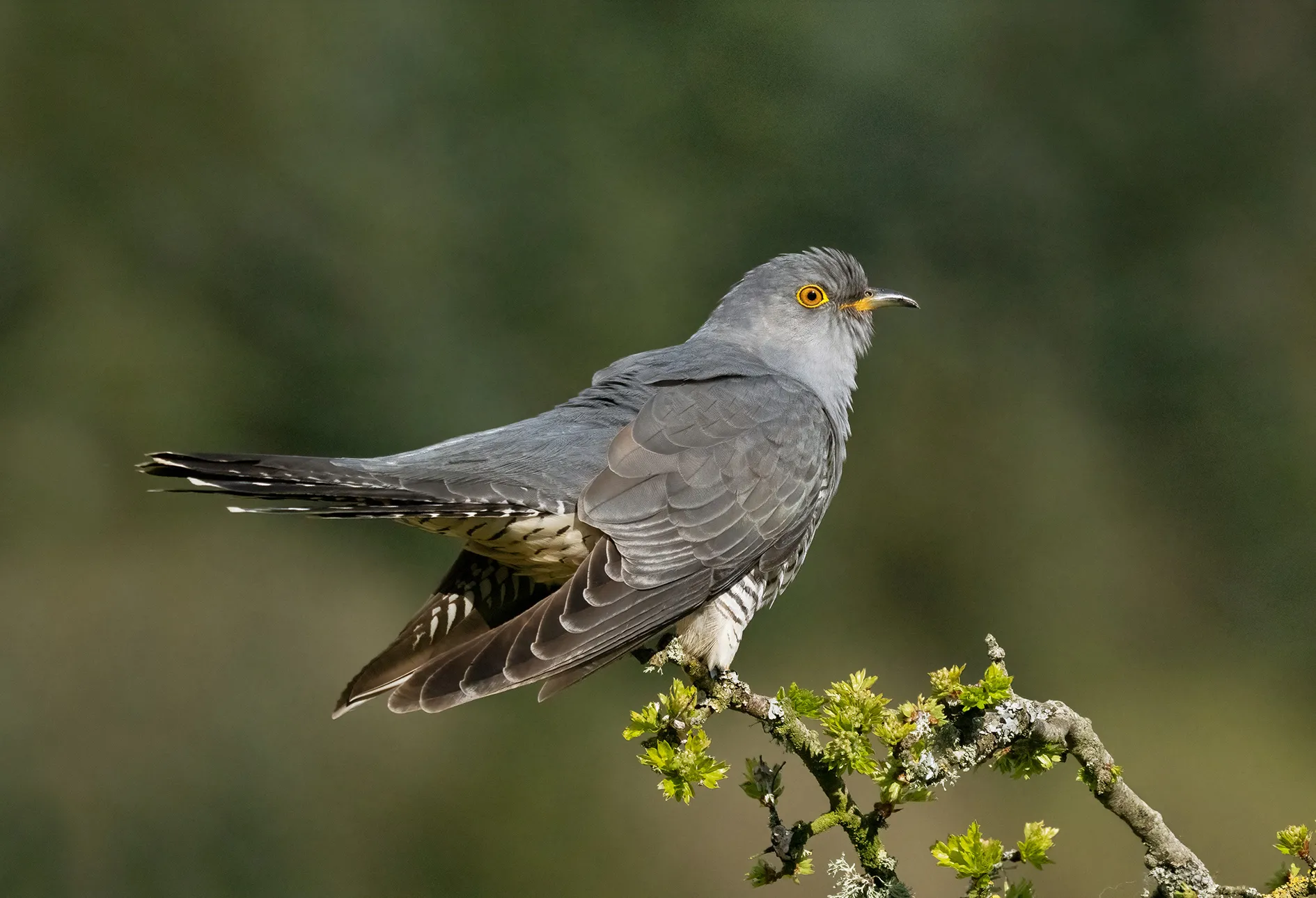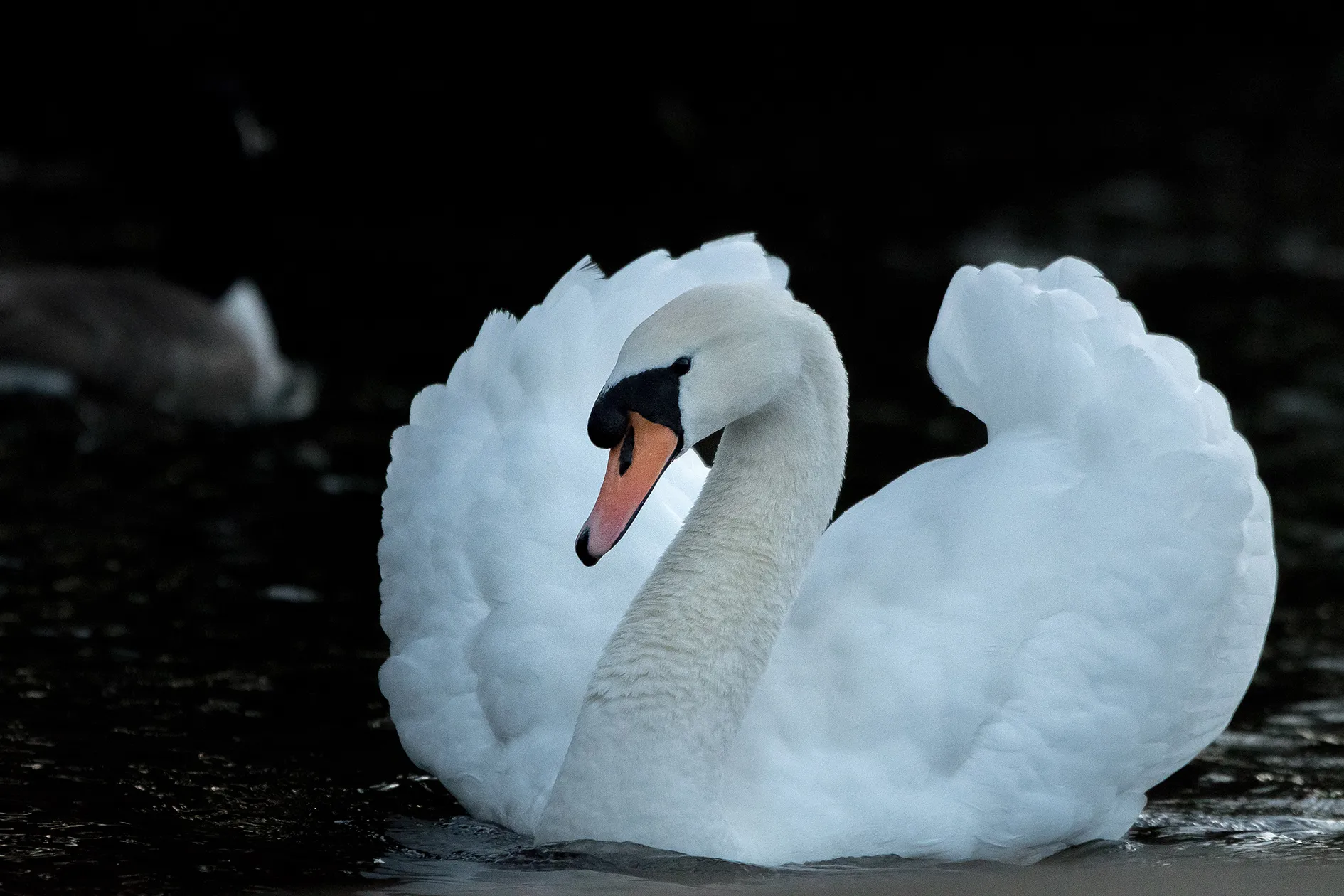Gastro gulls face slim pickings
Human activities are changing natural habitats globally. This can often put pressure on wildlife by, for example, altering how species find food.Some species, such as gulls, are highly adaptable and ...
24-07-2025

BTO scientists call for urgent investment in long-term monitoring and improved approaches to disease response, as avian influenza ...
Over the past three years, avian influenza has emerged as a rapidly escalating threat to wild bird populations around the world. Here in the UK, we have witnessed significant levels of mortality in ...
26-06-2025

Cuckoos clock up the miles on migration
Cuckoos are a widespread and familiar bird across much of the UK, and many people can recognise the famously onomatopoeic song, but sadly we have lost more than a third of our breeding Cuckoos since ...
16-06-2025

Evaluating Protected Areas for migratory birds
Many species of migratory birds have been declining in recent decades. The UK’s Turtle Dove population, for example, has plummeted by 98% while such iconic birds as Cuckoo, Swift and Nightingale are ...
13-06-2025
The silence of the swans: new report highlights concern for much-loved birds
The UK is host to internationally important numbers of wintering waterbirds, and the long-standing WeBS and Goose and Swan Monitoring Programme (GSMP) provide essential data that inform decision ...
22-05-2025
